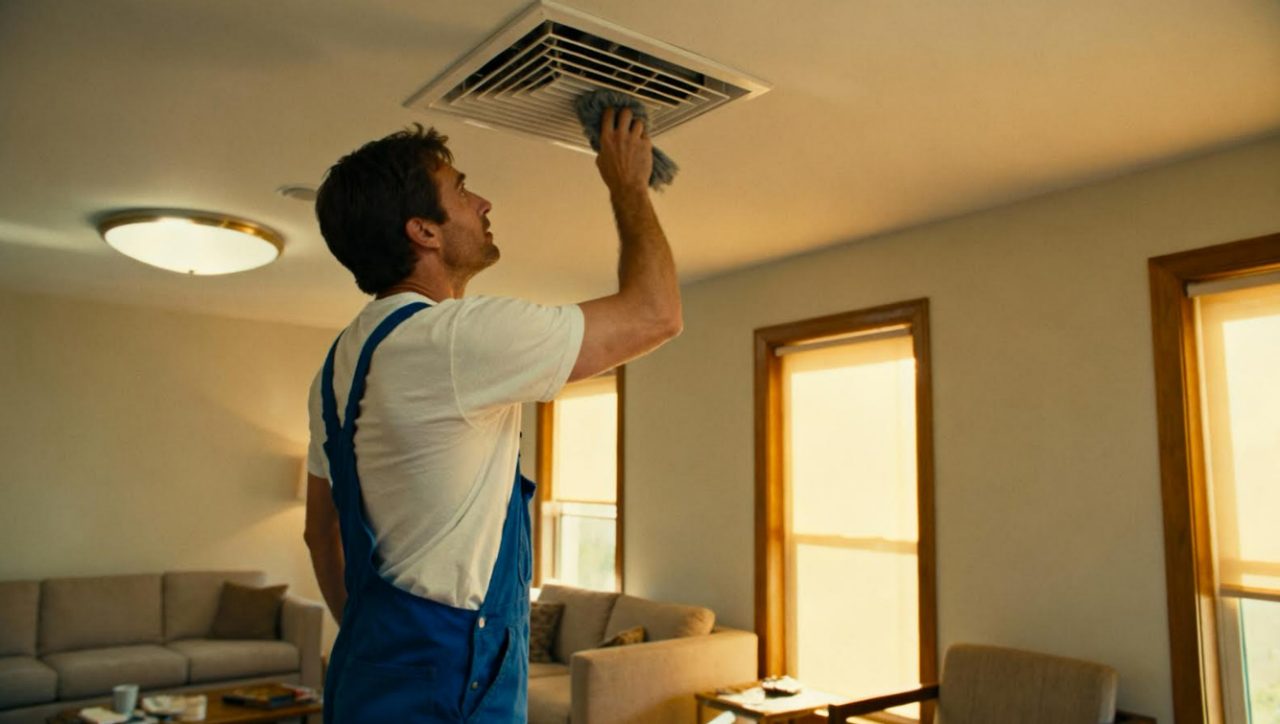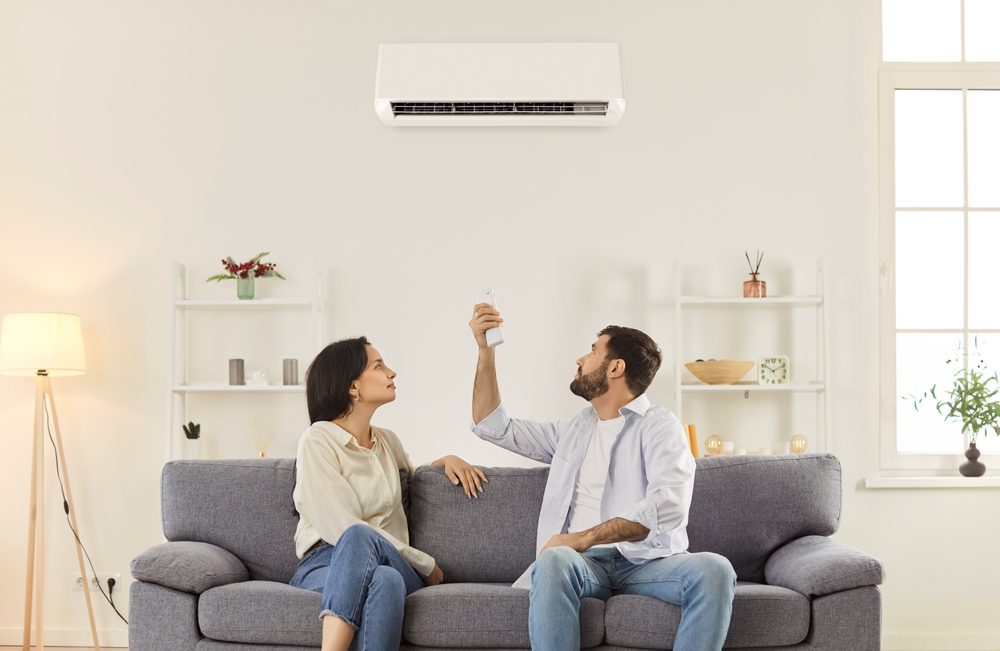
Air purifiers can be a game changer for a number of different reasons. If you suffer from allergies, then they’re certainly something you may be considering. But how exactly do they work, how do you make sure you’re getting the right one, and what are the real advantages of having one? It can be pretty complicated trying to make sure you buy the model that suits your needs, so in this article we’ll cover everything you need to know to ensure that you get the right air purifier for the job at hand. And that job is making sure your allergies are a little more under control.
So let’s get started with a definition before we move on to how they may help with those suffering from allergies.
What are air purifiers?
There are a couple of different ways to define air purifiers. The first is as a single device which is designed to filter the air in a single room. Alternatively, there is whole-house air purification which form part of the HVAC system installed in a house or other facility. Essentially, the job of the air purifier is to filter particles and gases – the extent to which it can do this, and the number of particles and gases it can filter out – very much depends on the model and size of the air purifier.
Do air purifiers help with allergies?
Yes they can. There have been studies which have shown that for people suffering from allergies, having cleaner air has the potential to provide some relief from symptoms. This might include sneezing, coughing, or congestion. However, most authorities state that air purifiers are only one piece of the puzzle when it comes to managing allergies. It’s not a total solution to the problem. Alongside other good practice to cut down on indoor allergens, it’s also been said that you need to use an air purifier for a long time, perhaps even one year, before you really start to see results.
So it’s about expectations and understanding that they’re not a cure-all solution but do play quite a helpful role in the overall management of allergies. It should be noted, too, that some allergens are heavy and so settle on surfaces which an air purifier cannot therefore remove.
Types of air purifiers
Let’s break down some different types of air purifiers to give a sense of what might work best for you.
HEPA Purifiers (High-Efficiency Particulate Air): HEPA filters are some of the most efficient and commonly used air purifiers, using a unique filter that catches extremely minute particles. A HEPA filter can eliminate particles as small as 0.3 microns, such as dust, pollen, pet dander, and some bacteria. They work by forcing air through a dense filter mesh that captures particles but allows clean air to pass. It is widely used for improving indoor air quality, especially for respiratory and allergy patients.
Adsorbent Purifiers: Adsorbent purifiers utilise materials like activated carbon or charcoal to trap gases, chemicals, and odors in the air. These materials have a high surface area and can stick to volatile organic compounds (VOCs), smoke, and odors. They work when air from the purifier passes over or through a carbon filter, where gases and pollutants are attracted to and captured by the carbon. Carbon filters are especially useful in odors related to cooking, tobacco, or chemical fumes.
UV Purifiers (Ultraviolet Light): UV purifiers make use of ultraviolet light to kill off tiny organisms like bacteria, viruses and mold. This type of purifier is normally located in medical units or environments where there is a high need for sanitation. They work by UV-C light interfering with the microorganisms’ DNA or RNA so that they cannot reproduce. The UV light is added to an air purifier as an added layer of filtration.
Ionic Purifiers: Ionic purifiers work by using electrically charged ions to weigh and trap airborne contaminants. The purifiers release negatively charged ions into the air, which attract particles like dust, allergens, and smoke. The ions make the particles sufficiently heavy that they fall on the ground or become stuck to nearby surfaces. They work by producing negative ions that pull in dust, pollen, smoke, and other impurities. Due to this, the particles become too heavy to remain airborne, and fall on the ground or get collected on a plate.
- Ozone Generators: Ozone generators create ozone (O₃) in order to purify the air of chemicals, odors, and other contaminants. Ozone will break down volatile chemicals and bacteria, but it is a reactive gas that will also pose health risks if inhaled at high concentrations. They work by making ozone that goes into the atmosphere and acts against airborne substances, odors, and pollutants and breaks them down. The treatment is effective to eliminate strong-smelling odors like smoke or pet odors.
- Streamer technology: Developed by Daikin, this is an innovative air purification technology where high-speed electrons combine with air components that have a strong oxidative decomposition power, so they continuously act on odors, bacteria, and indoor pollutants.
Benefits of using air purifiers
Let’s now move onto some of the key benefits of air purifiers:
Health and wellbeing: As we have discussed, poor indoor air quality can lead to a multitude of different health conditions, such as respiratory issues, headaches, and discomfort to the eyes, nose, and throat. Air purifiers – particularly those that utilize high-performance electrostatic HEPA filters – can reduce exposure to pollutants and allergens, reduce symptoms, and improve overall wellbeing.
Reduce exposure to pollutants and allergens: Air purifiers contain filters and technologies that can capture a range of pollutants and allergens, including dust, pollen, pet dander, mould spores and volatile organic compounds (VOCs). Air purifiers are particularly beneficial for people who suffer from allergies or asthma and are sensitive to these particles.
- Purify the air for sensitive people: People with a compromised immune system or anyone recovering from illnesses can benefit from cleaner air and reduced exposure to impurities. These people are more susceptible to acquiring infections from airborne bacteria and viruses, so cleaner air will really help them. Certain air purifiers also possess activated carbon filters that can help eliminate odors.
- Long-term savings: An air purifier can help you save money in the long run, as it can help reduce the need for medical care for health issues that are linked to poor indoor air quality. They can even prolong the lifespan of your HVAC system by not allowing dust and other impurities to build up in the air ducts.
How to choose the right air purifier
When selecting an air purifier, consider the following:
Allergies: A HEPA filter is optimal for capturing common airborne allergens, offering cleaner indoor air.
Room Size: Select a size of purifier that suits your room. Bedroom or office size purifiers work well for these spaces, whereas larger ones are needed for open living spaces.
Frequency: For continuous use, think about the noise levels and what you can tolerate. Purifiers with less than 30 decibels are silent enough for sleeping, and night modes can also be beneficial in bedrooms.
- Your specific environment: If you share your home with smokers, look for purifiers with activated carbon filters to remove smoke odors. In areas affected by wildfires, choose a HEPA purifier that is capable of trapping fine particles and gases present in smoke.
About Daikin
Daikin has a wide range of products designed to ensure the air you breathe is pure and healthy. As a global innovator in air conditioning and HVAC systems, Daikin offers a complete range of systems to meet the needs of residential, commercial, and industrial clients. From packaged units and split systems to ductless mini-splits and advanced VRF (VRV) technology, Daikin products are engineered for optimal performance, energy efficiency, and comfort year-round.
Daikin leads the industry in innovation and customer support and has business in 170 countries with millions of systems installed. Learn more about Daikin’s HVAC products by contacting us today..



